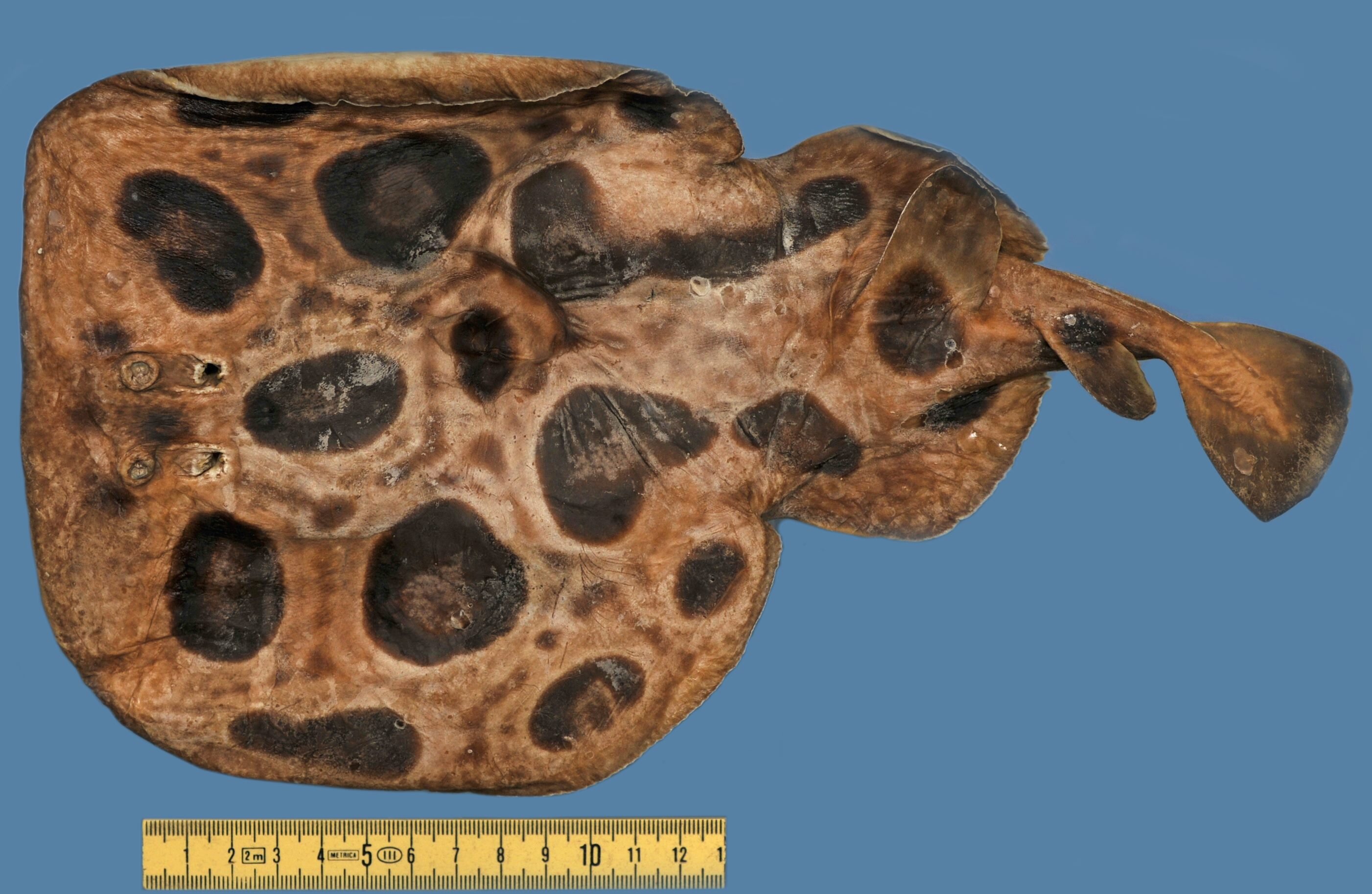× close
There are always little treasures to be found in museum collections—that’s what makes them so valuable for research. With todays methods of analysis, new, detailed findings can be elicited from archives that are often centuries old.
Scientists from the Natural History Museum Vienna, Austria, and the LOEWE Center for Translational Biodiversity Genomics (TBG) in Hesse, Germany, have now analyzed the genetic data of a rare and presumably already extinct species of torpedo ray. It was collected, preserved, and described during the second Austro-Hungarian deep-sea expedition in the Red Sea between 1897 and 1898, but has never been observed again since. The new results confirm that the torpedo ray Torpedo suessii is a separate species within the genus.
Torpedo rays are known to be able to paralyze their prey using an electric organ made of converted muscles. Their electric shock has even caused divers to lose consciousness. Otherwise, they are sluggish fish that swim slowly or bury themselves in the sand or mud of the seabed. The eleven known species are found in temperate and tropical seas and vary in shape, color, and size between 15 and 180 centimeters.
The now genomically analyzed Torpedo suessii, named after the Austrian geologist and pioneer of the Vienna High Spring Water Pipeline Eduard Suess (1831–1914), is a very rare species. It was first described by the Viennese ichthyologist and curator of the fish collection at the Natural History Museum Vienna Franz Steindachner (1834–1919) after an expedition to the Red Sea—including Yemen—which he led scientifically.
The research trips on the SMS Pola organized by the Austrian Academy of Sciences at the end of the 19th century were aimed, among other things, at the zoological exploration of various bodies of water, including the eastern Mediterranean and the Adriatic.
“This specimen is a real rarity for us, as only the three historical specimens of the species Torpedo suessii in our collection are known. Since its discovery, the fish species has never been sighted again by scientists—despite its striking skin pattern, which is reminiscent of the spots of a giraffe with up to eight large dark brown spots with lighter outlines on a light brown background,” reports Associate Professor Dr. Anja Palandačić, Collection Manager of the Fish Collection at the NHM Vienna.
“We therefore assume that Torpedo suessii is extinct. The results of our genome analysis confirm that it should be regarded as a separate species within the torpedo ray family,” continues Palandačić. She is the first author of the study published in the journal Zoologica Scripta.
“In view of the increasing threat to marine ecosystems and the fish communities living in them due to climate change and pollution, it is crucial to take stock of marine biodiversity in order to protect it. With our genome analyses and the resulting information on species, we want to gain a better understanding of biodiversity on Earth and thus contribute to its conservation,” says Dr. Carola Greve, Head of Laboratory at the LOEWE Center TBG.
“Of course, rare species or unique samples such as those of the Torpedo suessii from museum collections are particularly valuable for our analyses and subsequent species comparisons. Analyzing samples that were collected more than a hundred years ago and have been kept in the collections ever since requires great care during laboratory work and is a special event—especially when a species can also be genomically identified,” says Greve.
More information:
Anja Palandačić et al, From historical expedition diaries to whole genome sequencing: A case study of the likely extinct Red Sea torpedo ray, Zoologica Scripta (2023). DOI: 10.1111/zsc.12632
Provided by
Senckenberg Gesellschaft für Naturforschung

Dr. Thomas Hughes is a UK-based scientist and science communicator who makes complex topics accessible to readers. His articles explore breakthroughs in various scientific disciplines, from space exploration to cutting-edge research.








